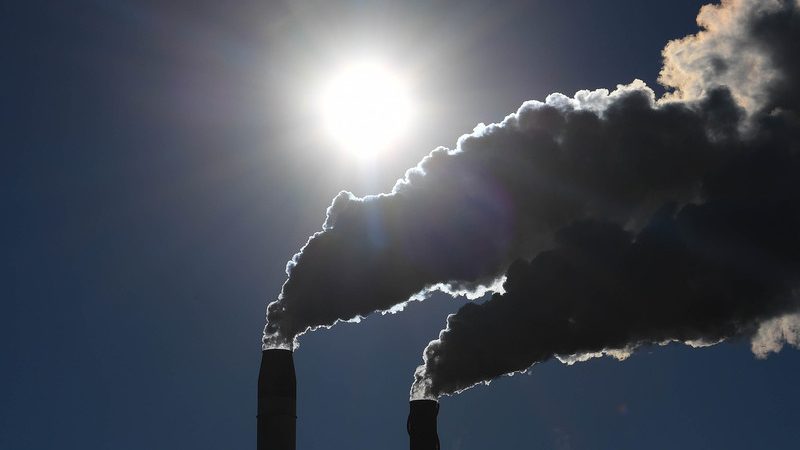Steelmaker ArcelorMittal has announced a long-term project to propel its sites at Bremen and Eisenhüttenstadt in Germany towards sustainability, involving capital expenditure of between Eur1 billion and Eur 1.5 billion.
“With our concept for the transformation of the plants in Bremen and Eisenhüttenstadt, we are accelerating the implementation of carbon-neutral steel production,” ArcelorMittal Flachstahl Deutschland CEO Reiner Blaschek said in a statement. “These projects have the potential to have a significant impact in reducing CO2 emissions, in line with the European Union’s climate commitments. We are now asking for the necessary support and access to funding, to make the implementation of our plans happen.”
ArcelorMittal plans to build a direct reduction iron ore plant and electric arc furnace at Bremen and in Eisenhüttenstadt. As well as the need for funding, ArcelorMittal will also need to access the national hydrogen grid. Using green hydrogen, up to 3.5 million mt of steel could be produced by the two sites by 2030 with significantly lower CO2 emissions, by about 5 million mt of CO2/year and would result in production costs that are around 60% higher than they are now.
Overall, ArcelorMittal aims to reduce its CO2 emissions in Europe by 30% by 2030 and produce carbon-neutral steel by 2050.
The company has two blast furnaces at Bremen, with a combined annual capacity of 3.8 million mt. It has another blast furnace at Eisenhüttenstadt with an annual capacity of 1.7 million mt.
As a first step, one blast furnace at Bremen and one at Eisenhuttenstadt will be converted from coal to natural gas inection, which will already reduce emissions significantly.
A subsequent step will be to build the new DRI-EAF plants, with the largest one to be installed at Bremen.
The sponge iron produced at the Bremen DRI unit will initially also supply Eisenhüttenstadt.
Switching from natural gas to decarbonized hydrogen will depend on market developments, with Germany focusing on kick-starting a green hydrogen economy through domestic production of decarbonized hydrogen as well as imports.
In Bremen as in Hamburg, where ArcelorMittal already operates a DRI-EAF plant, hydrogen could be supplied from a regional initiative involving Germany’s five coastal states.
In Eisenhuettenstadt, east of Berlin on the Polish border, this could ultimately be provided by the East Brandenburg hydrogen cluster, although few details are known as yet.
In the meantime, a pyrolysis pilot plant is planned at Eisenhuettenstadt with the process using natural gas and resulting in only solid carbon as well as hydrogen. This relatively new process, also known as turquoise hydrogen, is also supported by Germany’s hydrogen strategy.
Germany in June 2020 published a hydrogen strategy with some Eur9 billion support for electrolyzers that can convert electricity into hydrogen, seen as key to achieving its 2030 climate targets.
In addition to capex for electrolyzers, the strategy also envisages support through so-called carbon contracts for difference for the steel sector.
In the long term, supply of sufficient amounts of hydrogen would require the facilities to be integrated into regional, national and European hydrogen networks with regulation and infrastructure details only slowly emerging.
In Germany, ArcelorMittal already has Europe’s sole DRI-EAF plant at its site in Hamburg, where the switch to using hydrogen instead of natural gas in the iron ore reduction process is being prepared.
— Annalisa Villa, Andreas Franke






